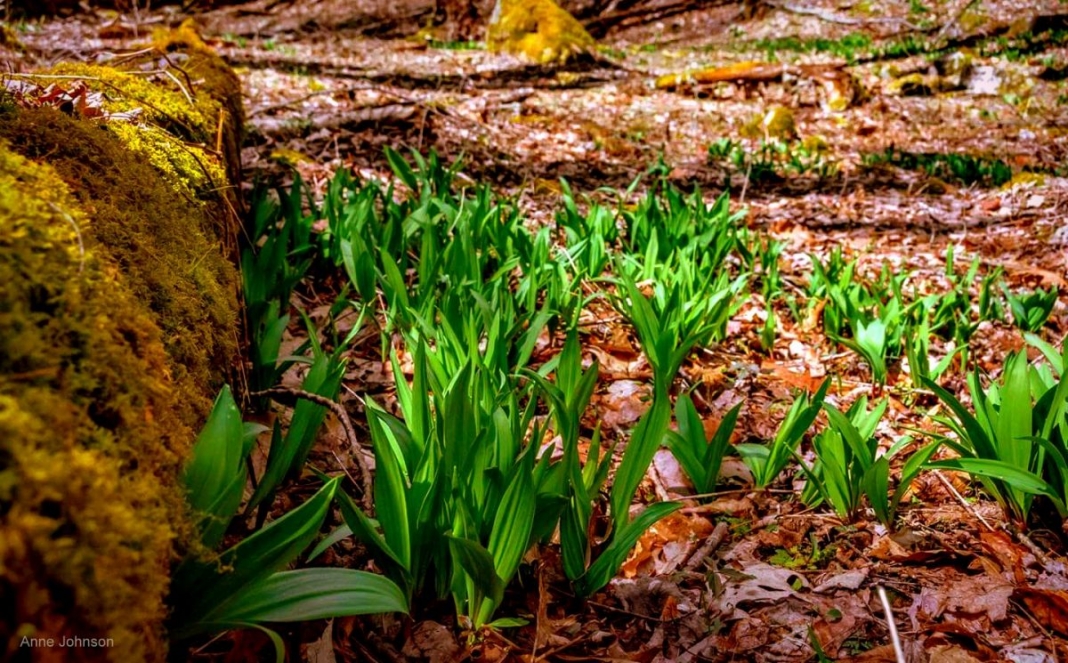Digging and eating ramps in the spring is a traditional activity throughout West Virginia, notably within the Monongahela National Forest in its eastern mountains.
While collecting ramps for personal use is permitted in the forest within established limits, the commercial harvest of ramps—including the re-sale of ramps collected for personal use—is prohibited, according to Kelley Bridges, public information officer for the forest.
Bridges says the forest service defines personal use as a two-gallon per person possession at any one time—about the amount that fits in a typical plastic grocery bag. She says this equals about 180 whole plants, including roots and leaves.
Individuals may also not collect ramps in the national forest on behalf of someone else, she says.
"We encourage people who are taking advantage of these early spring-like conditions and already collecting ramps in the forest to follow these guidelines to ensure abundant ramps in the future," Bridges advised.
- Collect ramps only in patches with more than 100 plants.
- If you find a patch that has already been harvested, move on to another area.
- When collecting from a large clump, take only one fifth of the plants. Leaving behind most of the plants will allow them to mature and go to seed, and the patch will recover faster.
- If digging bulbs, use a soil fork, a knife, or a small hand trowel rather than a large shovel. Shovels disturb the root system of neighboring ramps and other plants much more than these smaller tools.
- To dig ramps, loosen the soil with the soil fork or hand trowel and use the knife to cut the ramp roots beneath the bulb.
- After you dig a ramp, cover the bare soil with leaves. This will reduce the likelihood of invasive species taking root.
"By following these guidelines for harvesting ramps," Bridges says, "visitors to the forest can ensure that our children and grandchildren can enjoy ramps for generations to come."
The Monongahela National Forest protects more than 1,439 square miles of federally managed land within a 2,656 square mile boundary across ten counties in the eastern state.
For more information about the ecology of ramps in the Monongahela National Forest, contact education specialist Amy Lovell at amy.lovell@usda.gov or 304-413-6675.
Learn how to grow ramps on your property here.
West Virginia Ramp Dinners & Festivals

After a long winter, settlers in West Virginia hungrily welcomed the appearance of the wild leek or ramp, one of the first edible plants to ripen in spring. It became the focus for a tradition of community feasts—a tradition that has lingered long in rural Appalachia.
Scores of community ramp dinners, as well as full-scale festivals, are hosted throughout the state beginning in April and continuing through May. Most are small affairs that welcome fewer than a hundred guests, while others feed more than 1,000.
Visit our guide to West Virginia ramp dinners and festivals here.
Sign up to receive a FREE copy of West Virginia Explorer Magazine in your email weekly. Sign me up!


